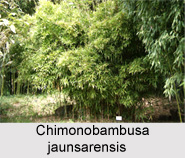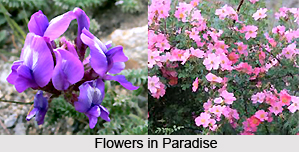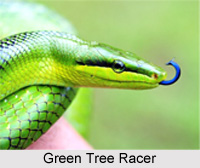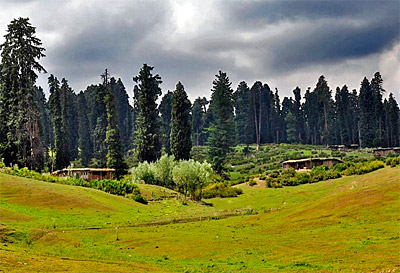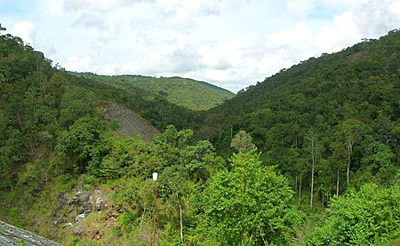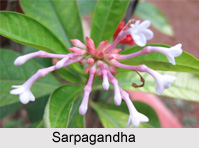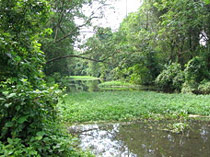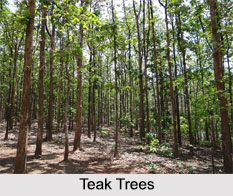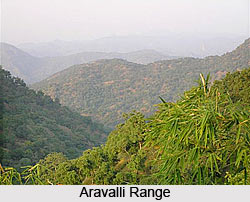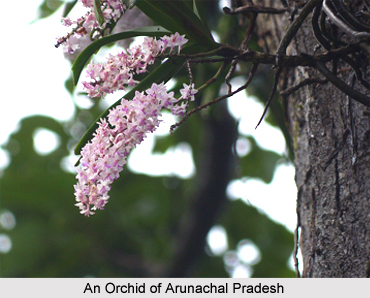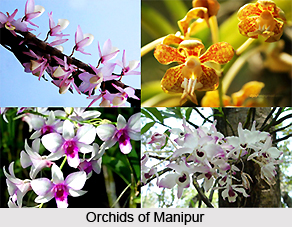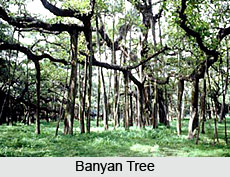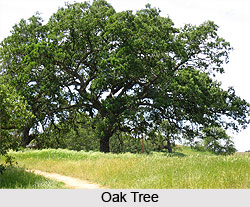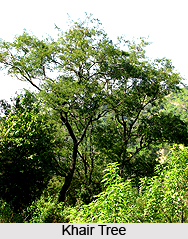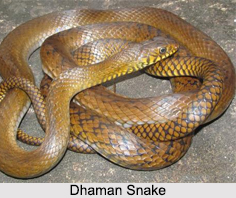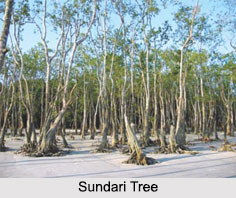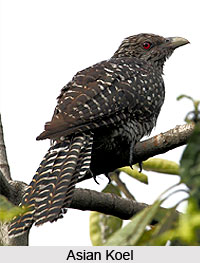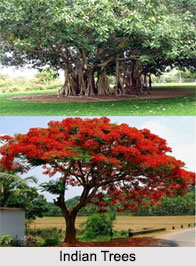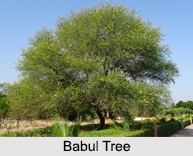The Greeks regarded watercress as a psychic stimulant and the Romans used it with vinegar as a solution for mental disorders. Old English physicians advocated its use as an antidote for headaches and biliousness.
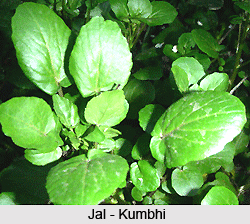 Methods of usage
Methods of usage
Watercress in its various forms mends several chronic diseases like, anaemia, asthma, troubled thyroid gland, piles, malnutrition or hiccups.
Healing Power and Medicinal Properties of watercress
Watercress has a cooling effect on the body and, assists in digestion. Hippocrates had described it as a stimulant and expectorant.
Anaemia cured by watercress
As an affluent source of iron, watercress is advantageous for treating anaemia. A cup of its fresh juice with a teaspoon of limejuice and a hint of common salt can be consumed every morning for a month to treat this condition.
Asthma cured by watercress
The herb is considered a brilliant food antidote for chest difficulties. It has been discovered effective for the treatment of asthma and cough, because it alleviates expectoration.
Disorders of the Thyroid Gland healed by watercress
Watercress is one of the ripest sources of iodine which is very crucial to correct the working of the thyroid gland. Its everyday use is exceedingly beneficial for preventing and treating thyroid gland disturbances.
Piles healed by watercress
A coalesced juice of watercress, carrot, spinach and turnip leaves is extremely efficacious in thawing the coagulated blood fibrin in piles. Approximately a litre of this if taken everyday, cures this condition within 2 to 6 months. However, all white flour, sugar products and meat have to be done away with from the diet.
Skin Disorders cured by watercress
A paste made of seeds and water, can be administered in skin diseases caused by the impurenesses of blood. Mashed seeds, blended with limejuice and spread on linen can be applied with favourable results in case of internal swelling and rheumatic pains. The seed is also effectual as a rubefacient-a pain relieving ointment.
Precautions - The juice distilled from watercress is extremely rich in sulphur, which constitutes more than one third of all the other combined mineral elements and salts present in it. It is, nonetheless a very powerful intestinal purifier. It should, thus never be consumed by itself but always in amalgamation with other juices.
Other Uses of watercress
Dietary Deficiencies - Dr. Harold Scurfield, a renowned British physician, has recommended the bigger use of watercress among metropolitans on the entreaty that it possibly contains all the vitamins which are likely to reimburse dietary insufficiencies caused by urbanisation.
Malnutrition - Watercress is good for malnutrition. Dr. S. Monckton Copeman, former Minister of Health in England, says, "In many instances, excellent results, especially in the case of ill-nourished children, have been found to follow on the addition of watercress to their ordinary food.
Pregnancy and Lactation - The use of watercress is exceedingly favourable during pregnancy and lactation. A stimulating and nutritious revitaliser is prepared by boiling the seeds in milk to get a dilute, spongy mass, by adding sugar or jaggery to it. This revitaliser removes the impending general frailty during pregnancy. It also amplifies the secretion of milk in lactating mothers.
Hiccups - A suspension made by dowsing the seeds in water is taken as a drink at recurrent intervals to alleviate hiccups. Watercress is largely used as vegetable. Its rich green leaves make a first-class salad. The flowers of the plant are also appetising.
Composition
Watercress is a perpetual aquatic herb, with hollow angular stems, and numerous branches. It has dark green, sparkly leaves, divided into various leaflets. It possesses a pleasing and pungent flavour and is utilised in salads.
Watercress is indigenous to Europe. It is extensively spread in a wild state in Great Britain, South and Central Europe and Western Asia. This plant is now domesticated in Malaysia, Indonesia, Hawaii, West Indies and East Africa and grows in wild patches in the Himalayas.
Watercress contains all the requisite vitamins and is fertile in alkaline elements. An examination of this vegetable illustrates it to consist of moisture, protein, fat and carbohydrates. Its mineral and vitamin contents are calcium, phosphorus, magnesium, iron, sodium, potassium, vitamins A and C, thiamine, riboflavin and niacin. Its vital energy value is 19. The herb also contains nicotinamide, a glucoside, gluconasturtin and an essential oil.
